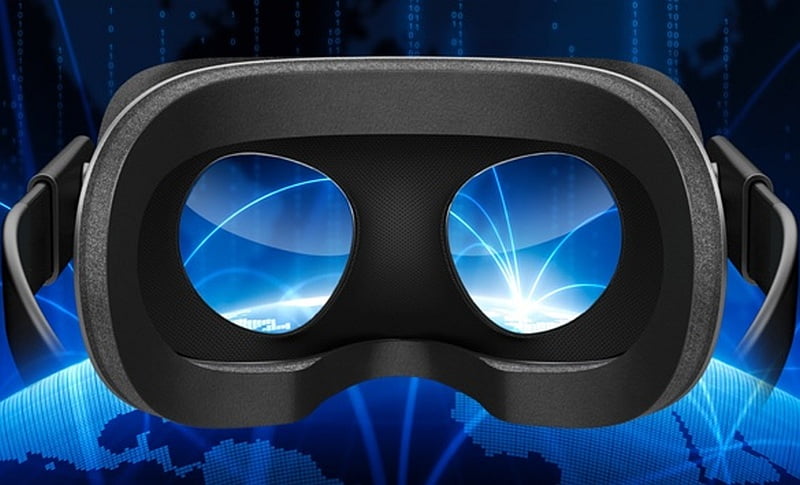
Facebook Carmel Is a Web Browser for VR
HIGHLIGHTS
VR won’t be confined to just apps
Oculus is building a framework for WebVR
It’s also launching a VR browser called Carmel
Facebook’s investment in Oculus in 2014 made it one of the frontrunners in VR. On Thursday at the third edition of Oculus Connect (OC3), the company made a huge number of announcements to show how the company plans to evolve its offerings, and gave a kind of roadmap into how VR will grow. Among these, one particularly interesting one is the announcement of the work that’s going into building the VR Web.
Oculus still offers one of the most polished experiences in VR, in no small part thanks to the Oculus Home and its app store, which gives you a smooth and easy way to discover and explore virtual reality experiences. At OC3, the company revealed that it has been working on building a virtual reality browser called Carmel along with a JavaScript framework called ReactVR, which together bring the experience of the open Web to the virtual world.
(Also see: Google and Facebook Chase New Kind of VR Headset)
According to the company, the Carmel developer preview will be available soon and will work on any Oculus device – that means both the Oculus Rift and the Samsung Gear VR for now, although at OC3, Facebook also talked about the development of another type of VR headset – the Santa Cruz prototype. It’s still a work in progress, but the company stated that it’s looking at a standalone headset that will be able to offer inside-out positional tracking that will place the experience somewhere between the limited mobile VR experience that’s possible right now, and the full fledged room-scale VR that the Rift offers.
The Carmel developer preview will allow users to browse the Web on their headset, and instantly play WebVR experiences. By doing this, developers will be able to offer VR experiences that don’t require a large download – right now that’s pretty much limited to 360-degree videos, as just about everything else runs on your local hardware, but this could allow you to set up (for example) a virtual chat-room, or a product showcase for e-commerce, that someone can experience without planning ahead.
Although Carmel and ReactVR were pretty big announcements, they actually took up only a small part of OC3. Zuckerberg took to the stage to say that the next step for VR is social software, and gave people a brief peek of the prototype standalone VR device. Not much is known about it right now, other than the fact that it it still under development.
He also stated that Oculus is working with Nvidia and AMD to bring down the prices of Rift-ready computers, and also that the Oculus Touch motion controllers will be shipping from December. This also helps to bring room-scale VR to the Oculus Rift – one of the big differentiators between the Rift and its rival the HTC Vive. In terms of social software, he also showed out the possibility of Oculus Rooms, where people can hang out or talk.
“Virtual reality is the perfect platform to put people first, because of presence,” Zuckerberg said. “You feel like you’re really there, in another place, with people.”
Tags: Facebook, Oculus, Oculus Rift, AMD, Carmel, Virtual Reality, VR, Wearables, Oculus Rooms, Santa Cruz, Oculus Parties, Oculus Connect 3, Samsung Gear VR, Oculus Avatars, Browser, ReactVR
[“Source-Gadgets”]




